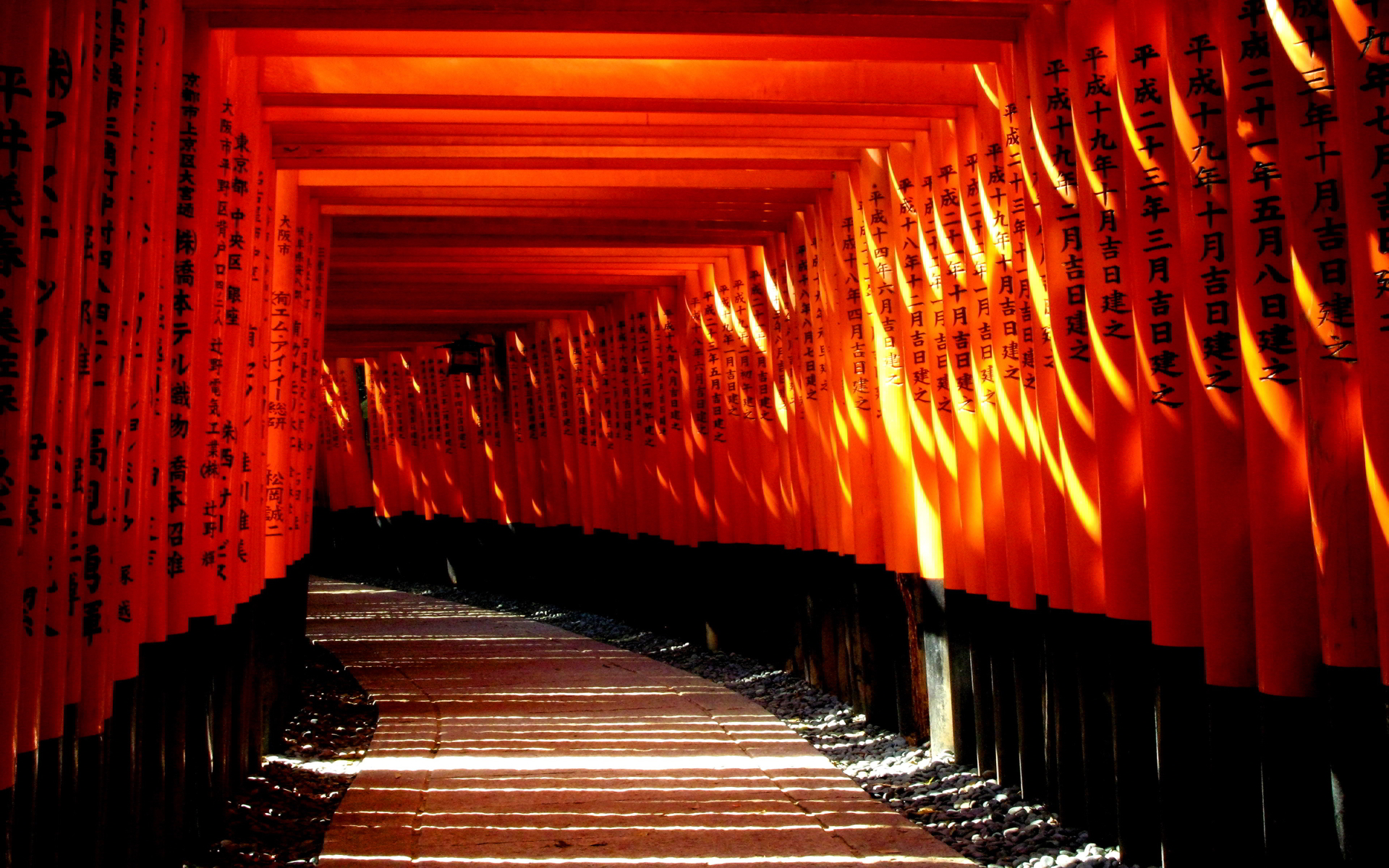Sign up for FlowVella
Sign up with FacebookAlready have an account? Sign in now
By registering you are agreeing to our
Terms of Service
Loading Flow


Shinto shrines are places of worship and the dwellings of the kami, the Shinto "gods". Sacred objects of worship that represent the kami are stored in the innermost chamber of the shrine where they cannot be seen by anybody. People visit shrines in order to pay respect to the kami or to pray for good fortune. Shrines are also visited during special events such as New Year, setsubun, shichigosan and other festivals. New born babies are traditionally brought to a shrine a few weeks after birth, and many couples hold their wedding ceremonies there.
Shinto Shrines
Inari Shrines
Inari Shrines are dedicated to Inari, the kami of rice. They can be recognized by fox statues, as the fox is considered the messenger of Inari. There are thousands of Inari Shrines across Japan, among which Kyoto's Fushimi Inari Shrine is most famous.
Sengen Shrines
Sengen Shrines are dedicated to Princess Konohanasakuya, the Shinto deity of Mount Fuji. More than one thousand Sengen Shrines exist across Japan, with the head shrines standing at the foot and the summit of Mount Fuji itself.
Hachiman Shrines
Hachiman Shrines are dedicated to Hachiman, the kami of war, which used to be particularly popular among the leading military clans of the past. Of Japan's thousands of Hachiman Shrines, the most famous is probably Kamakura's Tsurugaoka Hachimangu.